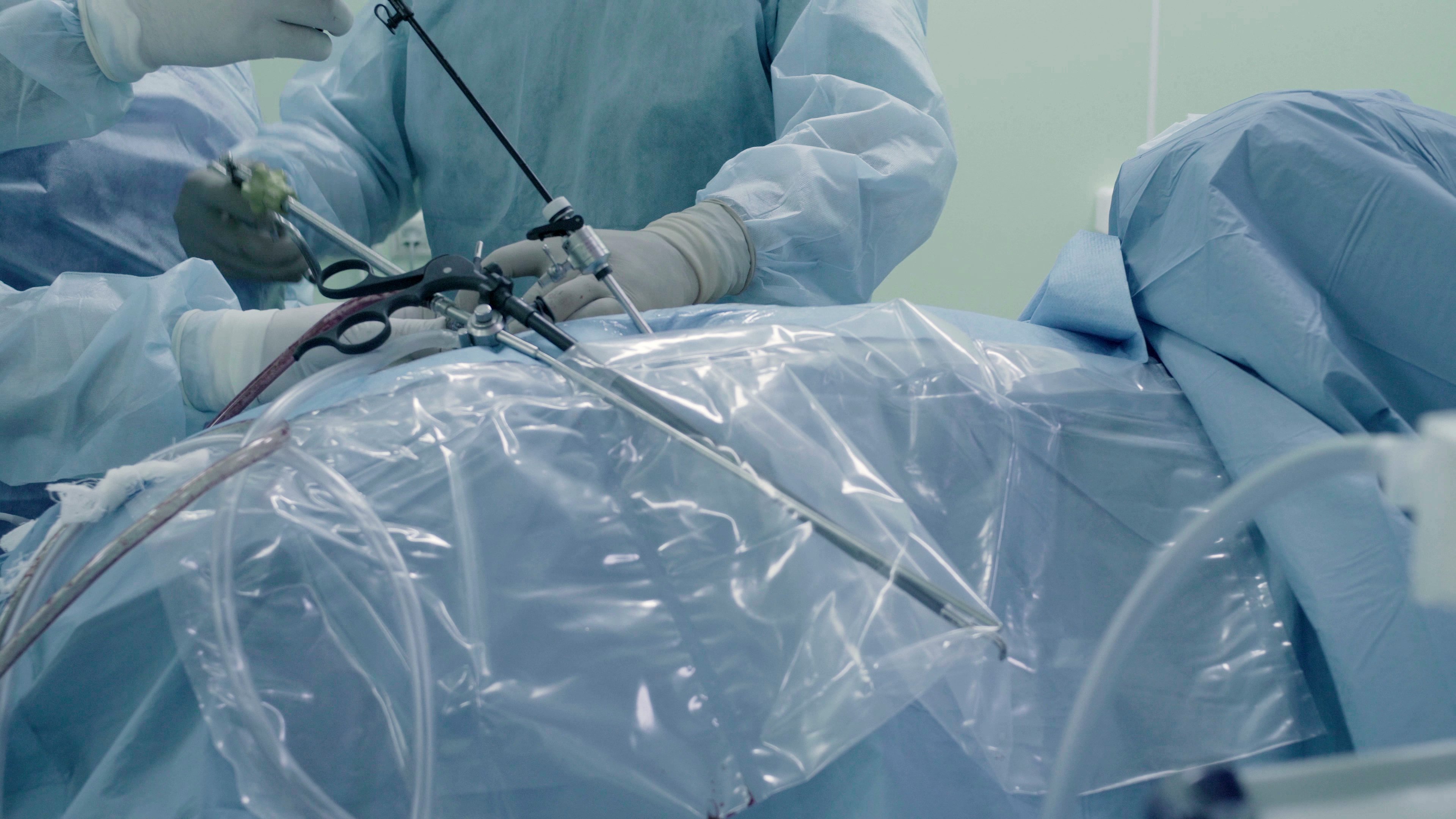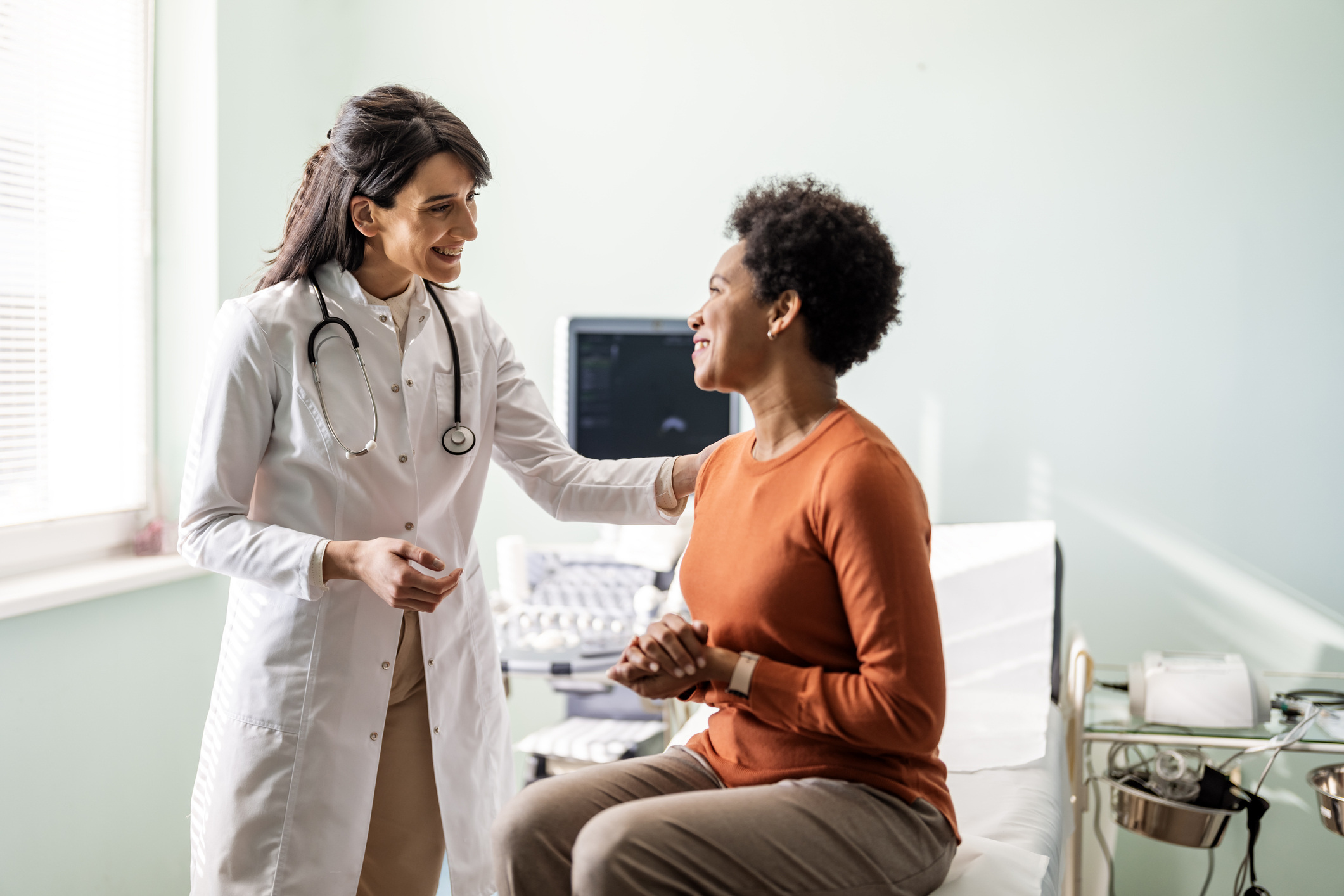From Diagnosis to Packaging Design: A Patient Perspective
It started with a dull ache in my lower right side—nothing dramatic, but an annoying cramp that could easily be written off. At first, I thought it was digestion, or perhaps stress. But as the months passed, it kept returning. Not dramatic, but always persistent.
After a few episodes, my primary care team took an exploratory approach. I went through several diagnostic tests, each of which would play a critical role in my path towards surgery.
- Blood tests to monitor for signs of infection and inflammation
- Abdominal ultrasound to identify swelling and fluid retention
- CT scans with dye contrast to visualize the entire abdomen in detail

For me, these tests weren’t just about collecting data, they were about building a case for surgery and trusting my own body. When symptoms wax and wane without clear cause, diagnostic testing becomes your voice. Every scan and lab result brought me closer to answers, and ultimately to an exploratory surgery that would likely include an appendectomy.
Packaging That Reassures
One thing I began noticing more than I expected was the role of packaging throughout my entire experience, from diagnostic testing to surgery preparation.
In the laboratory, each blood draw kit came from a fully sterile, sealed pouch. The phlebotomist opened a butterfly needle set, gauze pad, syringe, and alcohol wipe right in front of me. Every product was single-use and carefully handled. There was no uncertainty, no room for error. Even the labels were printed and barcoded right in front of me to match my wristband exactly.
During imaging, the contrast dye used for the CT scan was packaged in a single-use vial, with a cap that was removed seconds before injection. The nuclear medicine technician explained that this ensured both sterility and proper dosing for my procedure. The syringe was carefully unpackaged, the IV-tubing snapped in place, and the whole setup looked over to ensure patient safety.
Likewise, before my abdominal ultrasound, I glanced over to notice a prepped tray with everything needed for the scan. There were several tiny packages with disposable probe covers and tear-notch single-use gel packets. These weren’t afterthoughts, they were part of a system that assured me that my care was important.
When surgery day came, my anxiety heightened. I wasn’t afraid of the laparoscopic procedure itself, but the uncertainty—what the surgeon might discover and what my recovery would look like. During surgery prep, my IV line and butterfly needle set came out of peelable sterile pouches. They were opened right in front of me. It felt orderly. It felt safe. This is when I started noticing the smaller things and found my sense of calm in medical packaging.
Packaging in the Operating Room: Safety I Could See
Once I was in the operating room, the coordination around sterile packaging stood out even more. The surgical team moved efficiently, each step intentional, each package handled with purpose. The laparoscopic instruments like trocars, graspers, and camera ports arrived in rigid, sealed trays. I watched the nurse break the tamper-evident tabs and place the tools onto the sterile field. Each surgical tool was single-use or sterilized and rewrapped, with packaging acting as a barrier designed to keep me safe.
Last came the inhalation mask, unpackaged seconds earlier from its sterile pouch. A nurse gently placed it over my face. That was the final thing I remember before the anesthesia set in and everything went quiet.
After Surgery: Pathology & Packaging
Following my operation, packaging played an essential role too. My appendix was placed into a sterile, barcoded specimen container to ensure safe transport for examination. It was sent to pathology for testing to confirm the diagnosis and rule out any underlying diseases or medical conditions.
Care in the Details
When reflecting on my experience, it’s not just the surgery I remember, but the entire process. The series of diagnostic tests, fear of the unknown, surgery prep, and the surprising sense of calm that came from the sound of medical packaging being opened. It established trust and gave me an unexpected “I’m in good hands” feeling.
It’s easy to think about packaging as an afterthought—materials to be discarded. But in my experience, it became a silent partner in my care. Every sealed pouch and sterile barrier system reminded me that in a moment of vulnerability, every detail had been carefully considered. That reassurance made all the difference.


.webp)
